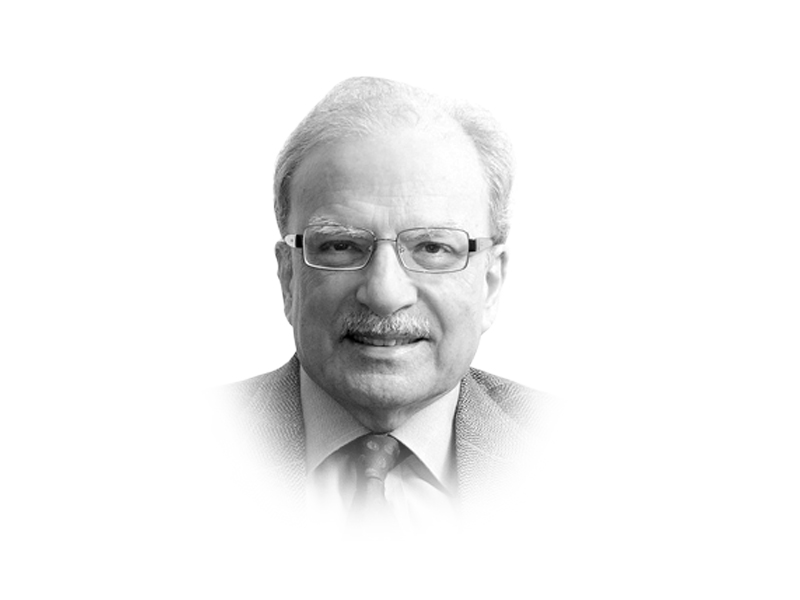
Those policymakers who are prepared to learn from history usually end up making the right public policy choices. Those who ignore history are liable to make the same mistake that their predecessors did.
Economists have begun to recognise that a close link exists between politics and economics. They are still arguing about the direction of causality. Is it good economic progress that results in sound political development? Or is it political development that lays the ground for sustainable economic progress? I believe in the second: I am of the view that without a good political order in place, it will not be possible to achieve economic progress.
History tells us that policymakers in Pakistan did not follow the path taken by those who managed the better-performing economies in Asia. They did not go for growth based on domestic resources. Instead, they relied excessively on foreign capital flows. During the several periods of the military’s dominance of politics, Pakistan’s external environment developed in a way that made it easier to tap foreign money to finance domestic growth. That such favourable external developments occurred during the periods of military rule was a pure coincidence.
There are three easily recognisable periods of economic boom in Pakistan’s past — 1963-66, 1980-83, and 2004-07. None of these lasted for more than three years. And all of them were produced by external capital flows. These booms did not last since the flow of foreign funds on which they were based proved to be fickle. For the country to achieve sustainable growth, it is necessary to do it on the basis of domestic resources.
With the Eighteenth Amendment having devolved a number of new responsibilities to the provinces, it is important for provincial governments to find ways for their citizens to pay more into the state’s coffers. The most important sources of additional revenues for the provinces are urban property and agriculture. When I was finance minister in the caretaker administration in 1996-97, I chaired the National Finance Commission that was belatedly established to allocate federal resources among the provinces. We made a greater share of provinces in the federal divisible pool contingent upon the levy of tax by them on agriculture. The provinces agreed to collect two per cent of agricultural income as tax. Since 1997, that proportion has declined to below one per cent. This has to increase not only back to two per cent, but way beyond that. Similarly urban property taxes must increase and for this, devolution of greater responsibility to city governments would certainly help.
Another lesson to be picked up from history is that sustained growth at a high level is possible only when the distribution of assets and incomes is reasonably equitable. South Korea, Taiwan and China grew rapidly over long periods of time since they started out with reasonably good distribution of assets, particularly of land. Distribution of land in Pakistan has always been skewed in favour of large holdings and of late, income distribution has also become less equitable. In the annual Institution of Public Policy report of 2012, we pointed out that persistent inequality was one reason why Punjab’s southern districts had done less well compared to those in the centre and the north. The very uneven distribution of land in the southern areas inhibited rapid economic growth. As has been done in a number of other countries, fiscal policy has been used effectively in improving asset and income distributions. This should also be done in Pakistan.
Will the current economic rulers of Pakistan look seriously at these lessons?
Published in The Express Tribune, May 12th, 2014.
Like Opinion & Editorial on Facebook, follow @ETOpEd on Twitter to receive all updates on all our daily pieces.




1732883922-0/diddy-(48)1732883922-0-165x106.webp)







COMMENTS
Comments are moderated and generally will be posted if they are on-topic and not abusive.
For more information, please see our Comments FAQ